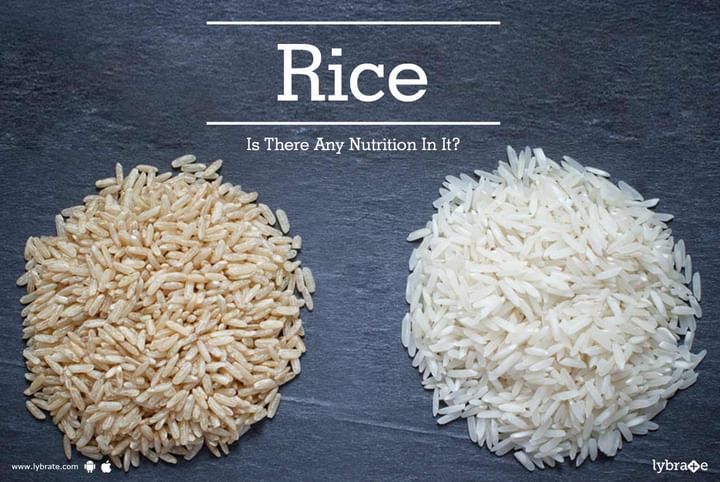Rice - Is There Any Nutrition In It?
Rice is one of the most common non-allergens beneficial for people who are sensitive to gluten, which is a type of protein commonly found in wheat and its products. Also, rice is low in sodium, unlike chapatis, which makes it ideal for those who have trouble managing hypertension. Further, opposite to the common adage white rice has a negligible amount of sugar and fat.
People who wish to lose weight can go for brown rice, as here the outer layer is retained, making it high in fiber and other nutrients. Whereas, white rice is processed and polished, resulting in loss of vital nutrients during milling. Additionally, using rice bran oil can help people in keeping their bad cholesterol levels in check.
Below mentioned is the list of nutrients present in rice
- Carbohydrates: Rice is a good source of carbohydrates and in many cases, it is the main source of carbohydrates, as it contains digestible starch. This is equally good bad as the human digestive system is deficit in the enzyme that is required to digest it. Thus, it takes time to digest rice and is not absorbed readily into the blood. During the absorption process, rice is converted into short chain fatty acids in the small intestine and goes all the way to the large intestine where it is finally absorbed.
- Proteins: Rice contains a good amount of dietary protein, which is essential for repair of body tissues on a regular basis.
- Vitamins: Vitamin B complex in rice regulates the body’s chemical reactions and is known to burn food into energy. It also contains small amounts of vitamin B1 (thiamine), B3 (niacin), B2 (riboflavin) and vitamin E.
- Minerals: Rice is also a good source of iron and zinc, which protects the body from free radical damage, which are chemicals that can lead to the development of cancerous cells.
Types of rice
White rice is what has always been most popular. However, with the recent shift in eating habits, more people are switching to brown rice, which is white rice plus the husk. The husk of the rice has additional fiber and is richer in terms of nutrients. Brown rice, not only has lesser calories as compared to white rice (170 calories vs. 220 calories for a medium cup serving), it is also packed with additional minerals, such as manganese, selenium, magnesium and potassium. Eating brown rice can reduce the risk of developing type 2 diabetes by half and aids in weight loss too. It may just seem like a cup of rice, but it sure is loaded. In case of a concern or query consult an expert & get answers to questions!



+1.svg)
